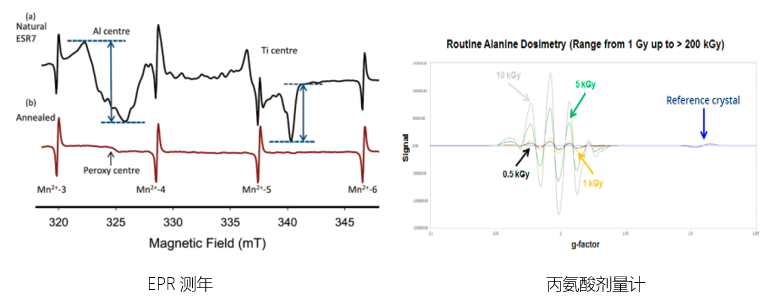October 21-23, 2019
Tsinghua University
Booth No.: 5
The first International Mechanism and Synthesis Symposium ("MASS") will be held at Tsinghua University on October 21-23, 2019. Physical organic chemistry provides rational guidance for the study of basic scientific issues in the fields of material science, materials science and life sciences. Through quantitative research and theoretical induction of material molecular structure and its reconstruction, development has a guiding role in material creation and transformation. New methods, new theories. Synthetic chemistry is the primary task of creating new materials, new structures and new functions. It is the core and foundation of chemical science and is at the forefront of the development of chemical science. The purpose of the MASS series report is to promote the in-depth exchanges between experts and scholars in the field of physical organic chemistry and organic synthetic chemistry, and to provide new ideas for the rational development of organic synthesis.
Nuohai Bio with the German Magnettech desktop electronic paramagnetic resonance (EPR/ESR) spectrometer invites you to participate in this exhibition!
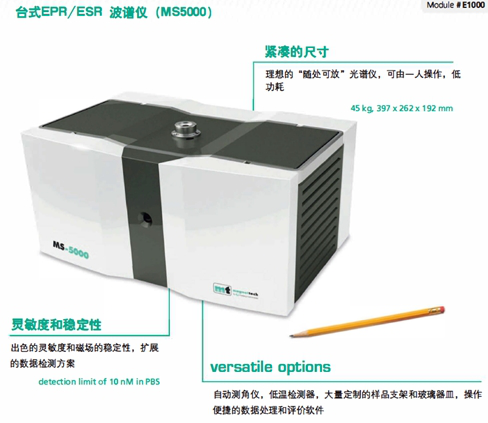
As the only instrument capable of directly detecting unpaired electronic substances, EPR is suitable for studying the reaction mechanism of atmospheric particulate matter (PM2.5), the mechanism of advanced oxidation technology AOPs for wastewater treatment, the persistent free radicals (EPFRs) in the environment, the optical and electrocatalytic mechanism, Electron hole detection by TiO2 photocatalysis, Fenton reaction and chemical reaction kinetics monitoring. Nowadays, the desktop EPR is getting more and more popular among teachers because of its convenient operation and low cost.
EPR Case Study
1. Environmental Chemistry: Wastewater Treatment, Atmospheric Particulates
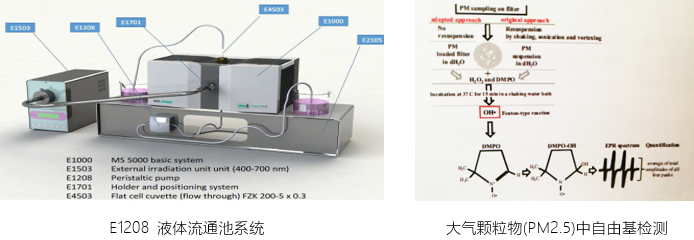
2. Catalysis and materials: photocatalysis, electrocatalysis, Fenton reaction, material modification and defect detection, etc.
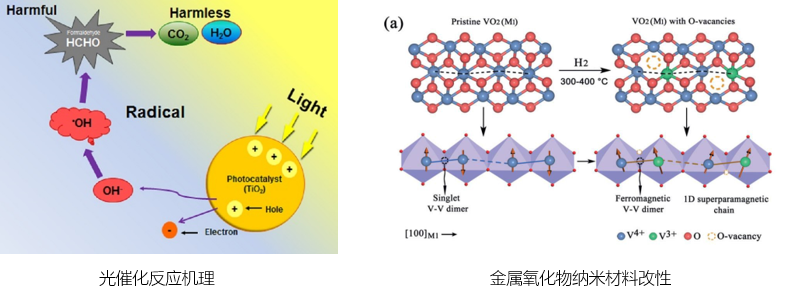
3. Life sciences: cancer, cardiovascular and cerebrovascular disease pathogenesis, nitroxide, reactive oxygen species, etc.
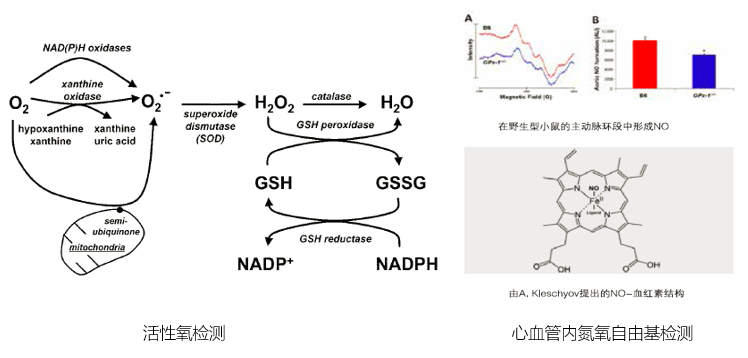
4. Geological dating and irradiation dose detection
